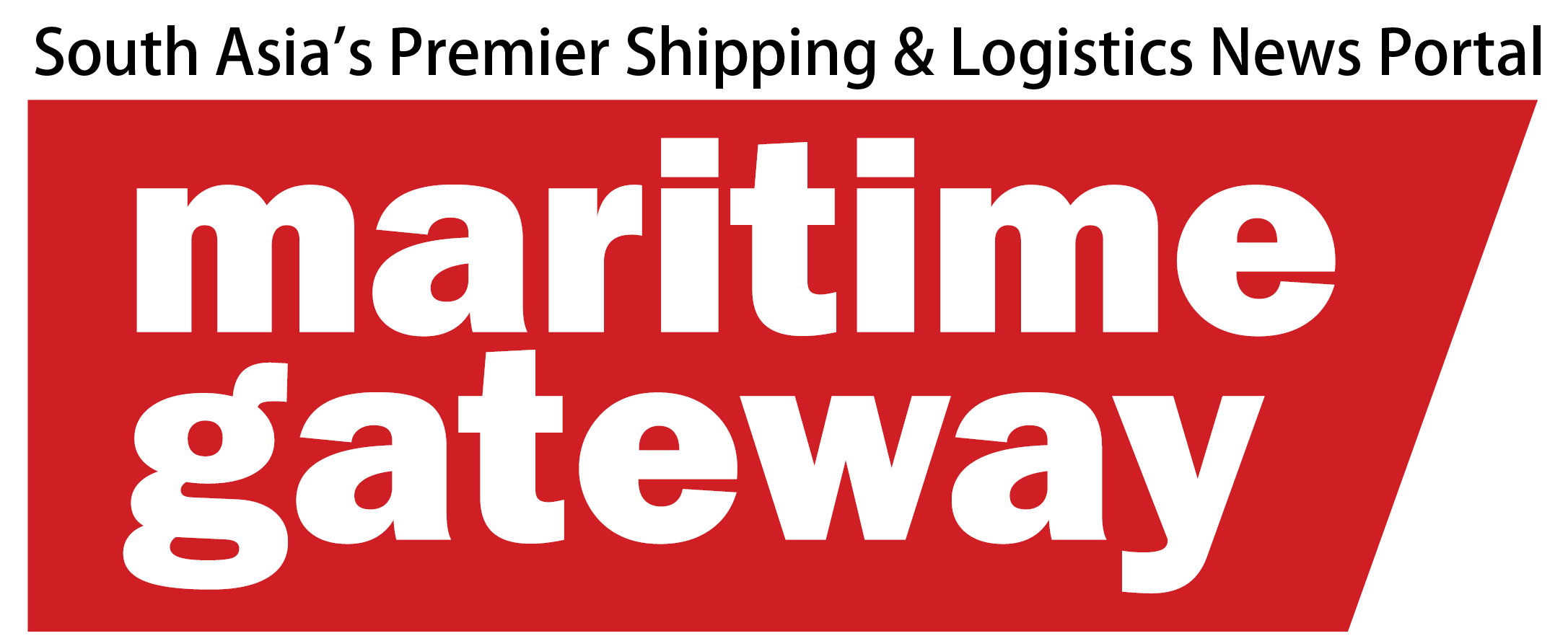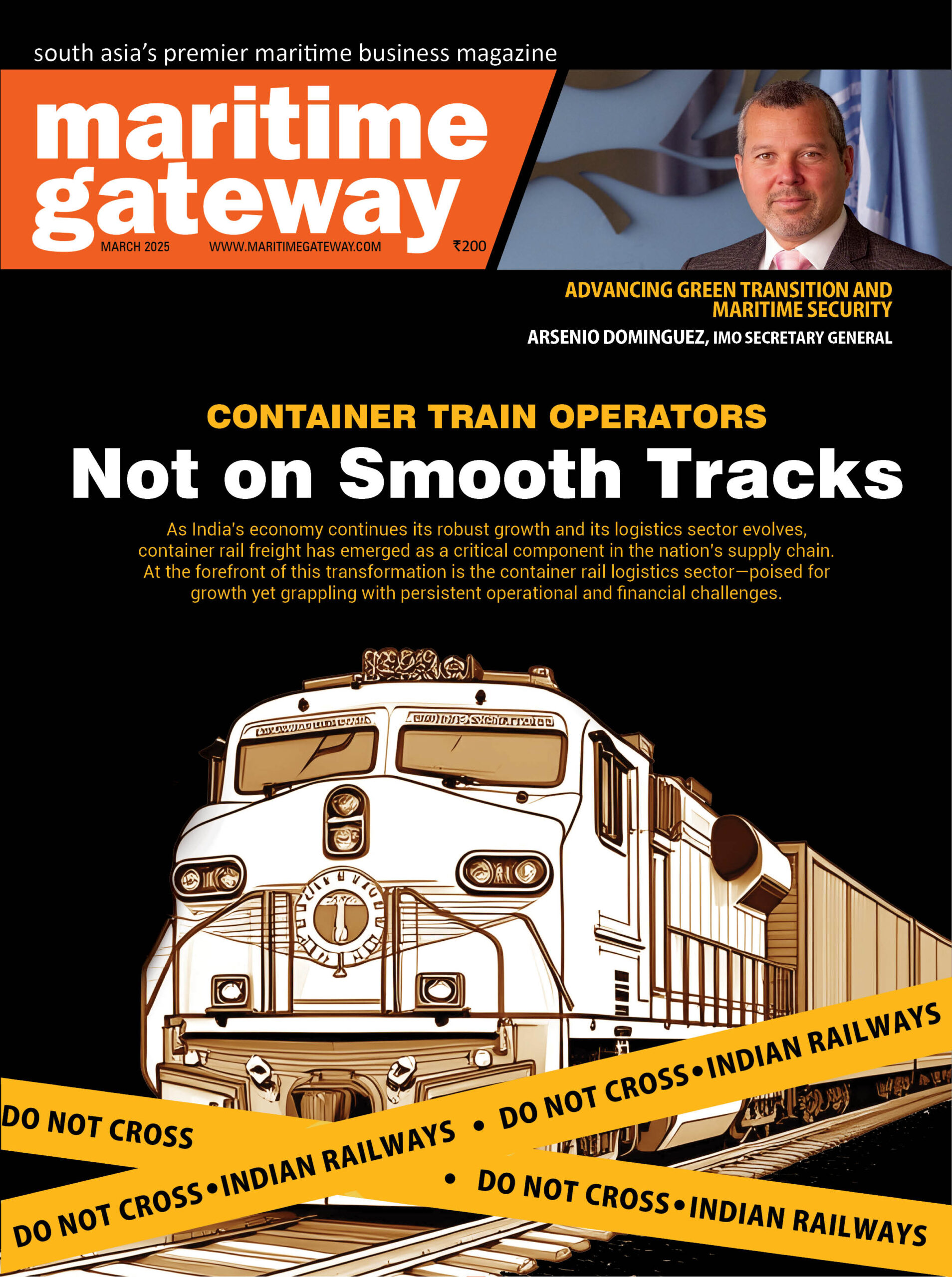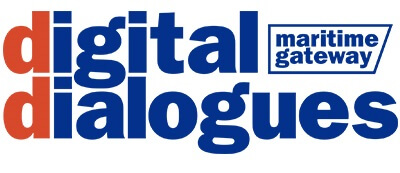Kerala’s Kochi Water Metro has been asked to present a detailed project report for a similar service in Mumbai, Maharashtra ports minister Nitesh Rane has said. He said the DPR is expected by the end of the month, adding that a special purpose vehicle (SPV) will be formed to implement the project in the metropolis along with the Union government on a 50:50 equity partnership.
Mumbai is made up of seven islands, but waterways have never been used before to their full potential, Rane said, asserting that such a move would ease the burden on roads and suburban railways.
The water metro project will improve urban transportation and boost tourism in the country’s financial capital. Kochi Water Metro is assisting the Maharashtra government. Under it, battery-powered ferries will connect various parts of the Mumbai metropolitan region (MMR).
Kochi became India’s first city to have a water metro system, with the launch of the first boat in December 2023, giving residents there an eco-friendly alternative as well as a smoother and scenic commute.
The potential routes in MMR are Narangi-Kharwadeswari, Vasai-Mira Bhayander, Fountain Jetty-Gaimukh-Nagale, Kolset-Kalher- Mumbra-Kalyan, Kalyan-Mumbra-Mulund-Airoli, Vashi-Domestic Cruise Terminal (DCT) also known as Bhaucha Dhakka, Gateway of India, Mulund-Airoli- DCT-Gateway of India, Mira Bhayander-Vasai-Borivali-Nariman Point-Mandwa, Belapur-Gateway-Mandwa, Borivali-Gorai-Nariman Point, Rane informed.
The aim of the project is to improve last-mile connectivity. Access road development works will be done. Similarly, there is no passenger transport system in the proposed route other than Mira Bhayander, Vasai, Borivali, Gorai, DCT, and Mandwa. The waterway is available at most places. The system will be designed to accommodate the tidal differences of 3 to 3.5 metres. A tourism circuit may be designed connecting various forts, bird-watching centres, water-based theme parks, religious places, etc.







